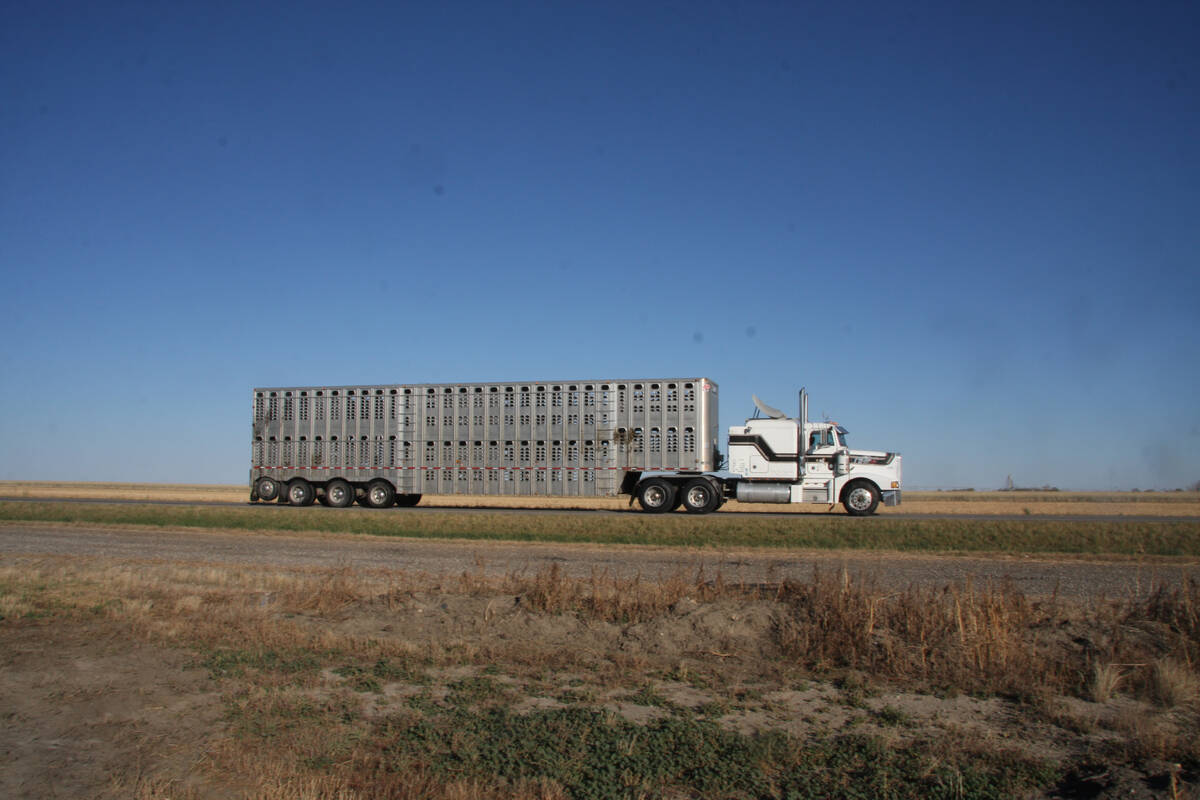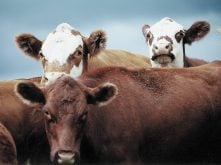This cattle market information is selected from the weekly report from Canfax, a division of the Canadian Cattlemen’s Association. More market information, analysis and statistics are available by becoming a Canfax subscriber by calling 403-275-5110 or at www.canfax.ca.
Fed steer price rises
Alberta fed steers were up 65 cents per hundredweight and heifers were up 92 cents live weight from the previous week, with some cattle headed to Ontario. Dressed sales were reported $293-$294 per cwt. delivered, $1 per cwt. higher than the previous week. Packers were about two weeks behind in picking up cattle, with some July contracts outstanding.
Read Also

Canfax cattle market report – November 6, 2025
The western Canadian fed market softened for the fifth consecutive week during the week ending Oct. 24, with prices falling back to the highs set in summer.
Packers were scheduled to run Aug. 6 to make up for the long weekend. Western fed cattle slaughter has been below last year’s levels in the last four weeks, down nine percent, or 16,250 head. Despite lighter volumes, carcass weights are tracking closely with year ago levels after being more than 30 pounds heavier in May and June. Steer carcass weights for the week ending July 22 were 883 lb. in the West, down two lb. from last year, but up nine lb. from the five-year average.
The third quarter tends to have the largest weekly slaughter volumes, with four weeks of more than 70,000 head last year between the end of July and early November.
In Ontario, light trade ranged between $306-$313 per cwt. delivered. Smaller packers were looking for some cattle with short delivery, but most cattle traded were scheduled for delivery in the second half of August.
Ontario steer carcass weights were 933 lb., up six from last year and up 22 lb. from the five-year average.
The U.S. cattle market is having a tough time, despite strong beef exports. The fed cattle market had a lacklustre week, with live cattle futures down US$1 per cwt. since July 25. Last week light trade saw northern dressed deals at mostly $225 per cwt., $2 per cwt. lower than the previous week’s weighted average basis Nebraska. Southern live business was mostly $135 per cwt., $1 per cwt. lower.
Despite large U.S. marketings with fed cattle slaughter running one percent above year ago in the last four weeks, carcass weights are in line with year ago levels. Large supplies of market ready cattle, high feed prices and adverse weather conditions in some areas are making feedlots willing sellers even at lower prices.
Cutouts go sideways
In U.S. beef trade, Choice and Select cutouts continued a sideways trend, with the Choice cutout ending last week at US$267.77 per cwt. and Select at $240.81 per cwt. Choice cutouts are one percent lower than last year and 22 percent higher than the five-year average.
Low auction numbers
Alberta and Saskatchewan auction volumes totalled 37,500 head in July. Between the two provinces this stands as the second lowest July auction volume in the past 15 years. Only 2016 was smaller.
Price volatility on the calf and lightweight stocker market wasn’t surprising for this time of the year, as numbers are limited and quality is mixed. Last week there were more heavier-weight feeders on offer. Grass yearlings are trading at roughly a $10 per cwt. premium compared to feeders coming out of backgrounding lots.
Week over week, the largest price increase was on the 900 lb. weight category. Trading $6 per cwt. higher last week, Alberta 900+ lb. steers and heifers established new annual highs. Only twice in the past 20 years have 900+ lb. steers established second half highs in July, in 2006 and 2009.
Seasonally, higher prices are likely still ahead, as it is more common to see second half highs occur in September or October.
In Ontario, 900 lb. steer prices traded sideways for the past couple of weeks and are $7 per cwt. shy of January highs.
Cow prices strengthen
This is traditionally the time of the year when butcher cow prices carve the second half of the year highs. Over the past month, Alberta cow prices have strengthened $7 per cwt. and are now trading at a premium to the Ontario market. Last week D2s averaged $112.71 and D3s averaged $98.70 per cwt. Non-fed volumes are seasonally light and could be the tightest supplies that we see all year.
Despite light volumes, cow slaughter has kept pace with last year. Cows placed into feedlots this spring are likely being processed now. The Labour Day holiday is usually one of the strongest ground beef retail feature periods of the year.














